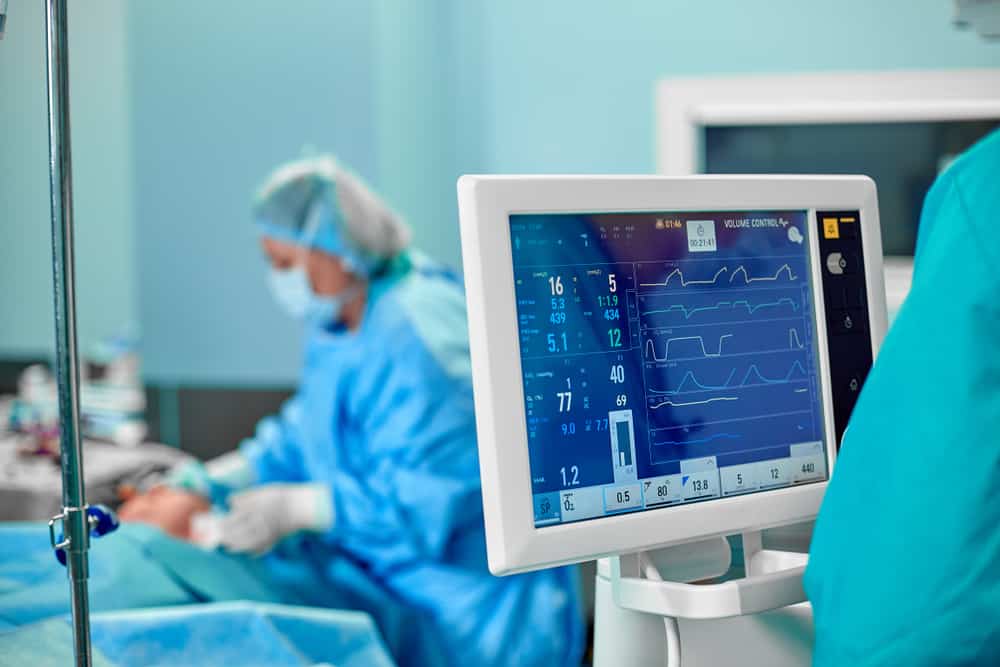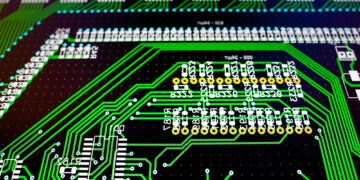
Today’s common medical devices are ISO compliant
The International Standards Organization (ISO) is widely regarded as the leading authority in developing standards for manufactured products. Complying with ISO 9001 quality management system (QMS) requirements has become a virtual necessity for companies looking to market their products in certain industries. Within these industries, the medical device sector stands out as requiring strict adherence to ISO standards.
In addition to ISO 9001, a versatile standard applicable to companies of all sizes across various industries, the ISO also establishes specific standards for medical devices. These standards play a crucial role in ensuring the safety and regulatory compliance of medical devices, both within the country of manufacture and the countries where they are sold. Therefore, for designers and engineers working on Printed Circuit Board Assemblies (PCBAs) intended for use in medical devices, understanding and ensuring compliance with these standards is of paramount importance.
ISO Standards for Medical PCBA Design
The progress made in treating illnesses and diseases in recent decades is truly remarkable. We have witnessed the near eradication of once-debilitating diseases such as smallpox, and life expectancies have significantly increased. These achievements can be attributed to both chemical discoveries and evolving treatment methodologies. However, it is important to acknowledge that these advancements would not have been possible or would have taken much longer to achieve without technological innovations in medical devices and equipment.
Nevertheless, ensuring the safety of all medical products remains a crucial objective, and this is precisely the primary focus of ISO standards for medical devices. In collaboration with medical practitioners, ISO has developed a comprehensive set of standards that address various aspects of medical product development and utilization, listed below:
|
ISO STANDARDS FOR MEDICAL DEVICES |
|
|---|---|
|
Standard |
Focus |
|
Quality Management Systems |
|
|
Risk Management |
|
|
Software Life Cycle |
|
|
Biological Evaluations |
|
|
Manufacturer Information |
|
ISO 13485: Quality Management Systems for Medical Devices
ISO 13485 is a globally recognized standard that plays a crucial role in helping medical device OEMs, ODMs, and other stakeholders establish and implement procedures to ensure the quality and safety of their medical devices. This standard covers all aspects of a Quality Management System (QMS), but it specifically provides detailed specifications and guidance that must be followed throughout the PCB development process.
For instance, developers must have a QMS in place, and the standard outlines documentation requirements for design, manufacturing, testing, and component procurement. Adhering to these requirements is essential for ensuring compliance with ISO 13485.
ISO 14971: Risk Management for Medical Devices
ISO 14971 is a crucial standard that establishes the requirements for a comprehensive risk management plan in the medical device industry. Given the sensitive nature of medical devices, it is essential to continuously monitor their performance and effects throughout their operational lifecycle. ISO 14971 provides detailed specifications to assist medical device developers in creating, monitoring, and improving their risk management processes. The primary objective is to mitigate any potential harm and prevent the recurrence of adverse events.
ISO 62304: Software Life Cycle Processes for Medical Device Software
With the advancement of medical device technology, software utilization has become increasingly prevalent alongside circuit boards and electronics. ISO 62304 sets forth specific requirements for developing medical software, including software used within medical devices. These requirements encompass the entire software life cycle, from initial development to maintenance and updates.
ISO 10993: Testing within a Risk Management Process for Biological Evaluation of Medical Devices
ISO 10993 is a standard that focuses on the biological evaluation of medical devices. Similar to the RoHS directive, which aims to prevent exposure to harmful materials through contact or usage, ISO 10993 specifically targets medical devices. It should be noted that medical devices may or may not contain electronics. The standard classifies specifications based on the type of contact: surface, implant, or external communication. Within ISO 10993, there are more than 20 separate standard specifications that outline the requirements for biological testing and evaluation of medical devices.
ISO 20417: Information Supplied by the Manufacturer for Medical Devices
ISO 20417 specifies the information medical device manufacturers must provide about their products. This includes labeling, identification, and other essential details. The standard aims to establish a consistent requirement for information disclosure by medical device manufacturers.
ISO Standards for Medical Devices Compliant PCB Development
All of the ISO standards for medical devices discussed above are applicable for PCBA development as most devices include circuit boards or interact with devices that do. Therefore, it is important to know how to best implement any of these standards that may be pertinent to your development process.
Incorporating ISO Standards for Medical Devices into Your PCB Development
- Know and follow relevant PCBA standards, rules, and guidelines.
- Ensure you have a QMS in place that is ISO 13495 compliant.
- Design and implement a risk management strategy based on ISO 14971 for your PCBA development process.
- Only work with ISO 13495-certified CMs for your medical device manufacturing.
- Ensure that any software development follows ISO 62304 requirements.
Medical device PCBA design and manufacturing is much more regulated than commercial electronic products. Therefore, following the guidelines listed above is imperative to ensure that your board or electronics system meets the safety requirements intended by the ISO standards for medical devices.
If you’re looking for CAD models for common components or useful information on ISO standards for medical devices, Ultra Librarian helps by compiling all your sourcing and CAD information in one place.
Working with Ultra Librarian sets up your team for success to ensure streamlined and error-free design, production, and sourcing. Register today for free.








